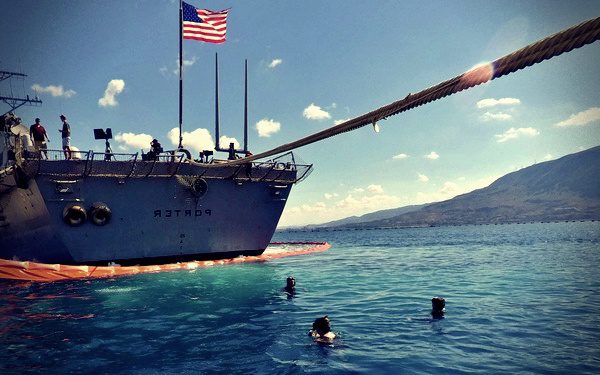For a thorough discussion of sentencing, see Combined Deskbook, Volume III, Tab Q] 16 See Jagcnet,/Criminal Law Dept./Sexual Assault Materials/Article 120 Analysis of Mistake of Fact; https://www.jagcnet2.army.mil/852577C10047F4D7 17 Thomas MacCauley Miller, http://tinyurl.com/4868zp7 . 18 See MCM, App. 22, Analysis of M.R.E.
— prepare from early in the case; sentencing follows immediately after verdict; too late to prepare
after the trial
— TC: know RCM 1001
-RCM 1001(b)(4): impact on victim!;
– testimony by victim, close friends,
– psychologists/social workers/ academics, re: long term impact of sexual crimes
United States v. Hollingsworth, 44 M.J. 688 (C.G. Ct. Crim. App. 1996) (child victim)
— aggravation : other similar acts; sexual harassment, other crimes (esp. if while a soldier); but see United States v. Lowe, 56 M.J. 914 (N-M. Ct. Crim. App. 2002)(limiting past harassment of other victims)..
— DC : know RCM 1001
— mitigation : take cue from death cases – anything can mitigate; mom, dad;; church, civic deeds; imagine everything – interview client, friends
-GOOD SOLDIER book
– extenuation : confession? Cooperation? Imperfect self-defense;
– call witnesses : avoid relaxation of rules (RCM 1001(c)(3)) – it’s a gift to TC; read RCM 1001(e)(2); ask for stipulations;
– consider dynamic of sworn or unsworn statement by accused
DSM-IV-R DEFINITION OF PTSD
A. The person experiences a traumatic event in which both of the following were present:
1. the person experienced or witnessed or was confronted with an event or events that involved actual or threatened death or serious injury, or a threat to the physical integrity of self or others;
2. the person’s response involved intense fear, helplessness, or horror.
B. The traumatic event is persistently re-experienced in any of the following ways:
Our Lawyers Defend False Sexual Assault Allegations
1. recurrent and intrusive distressing recollections of the event, including images, thoughts or perceptions;
2. recurrent distressing dreams of the event;
3. acting or feeling as if the traumatic event were recurring (eg reliving the experience, illusions, hallucinations, and dissociative flashback episodes, including those on wakening or when intoxicated);
4. intense psychological distress at exposure to internal or external cues that symbolize or resemble an aspect of the traumatic event;
5. physiological reactivity on exposure to internal or external cues that symbolise or resemble an aspect of the traumatic event.
C. Persistent avoidance of stimuli associated with the trauma and numbing of general responsiveness (not present before the trauma) as indicated by at least three of:
1. efforts to avoid thoughts, feelings or conversations associated with the trauma;
2. efforts to avoid activities, places or people that arouse recollections of this trauma;
3. inability to recall an important aspect of the trauma;
4. markedly diminished interest or participation in significant activities;
5. feeling of detachment or estrangement from others;
6. restricted range of affect (e.g. unable to have loving feelings);
7. sense of a foreshortened future (e.g. does not expect to have a career, marriage, children or a normal life span).
D. Persistent symptoms of increased arousal (not present before the trauma) as indicated by at least two of the following:
1. difficulty falling or staying asleep;
2. irritability or outbursts of anger;
3. difficulty concentrating;
4. hypervigilance;
5. exaggerated startle response.
E. The symptoms on Criteria B, C and D last for more than one month.
F. The disturbance causes clinically significant distress or impairment in social, occupational or other important areas of functioning.


